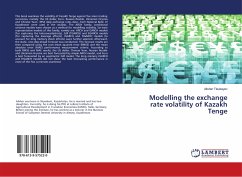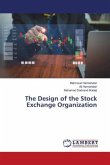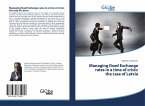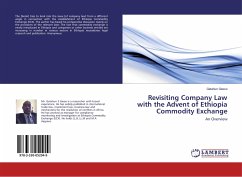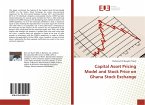This book examines the volatility of Kazakh Tenge against five main trading currencies, namely: the US dollar, Euro, Russian Rouble, Ukrainian Hryvnia and Chinese Yuan. 4552 daily exchange rates data, from National Bank of Kazakhstan were used in the analysis. The ARCH family, conditional variance models were chosen as a method for modelling volatility. Six main representative models of this family, namely are: ARCH and GARCH models (for capturing the heteroscedasticity), GJR (TGARCH) and EGARCH models (for capturing the leverage effects), IGARCH and FIGARCH models (to account for long memory shock effects) were further selected. Afterward, the static, one-step-ahead forecast was conducted. The forecast results are then compared using the root mean squared error (RMSE) and the mean absolute error (MAE) performance measurement criteria. According to both RMSE and MAE results, the US dollar, Chinese Yuan, Russian Rouble and Ukrainian Hryvnia are best forecasted by simple ARCH model, and Euro is best forecasted by an asymmetric GJR model. The long memory IGARCH and FIGARCH models did not show the best forecasting performance in none of the five currencies examined.

